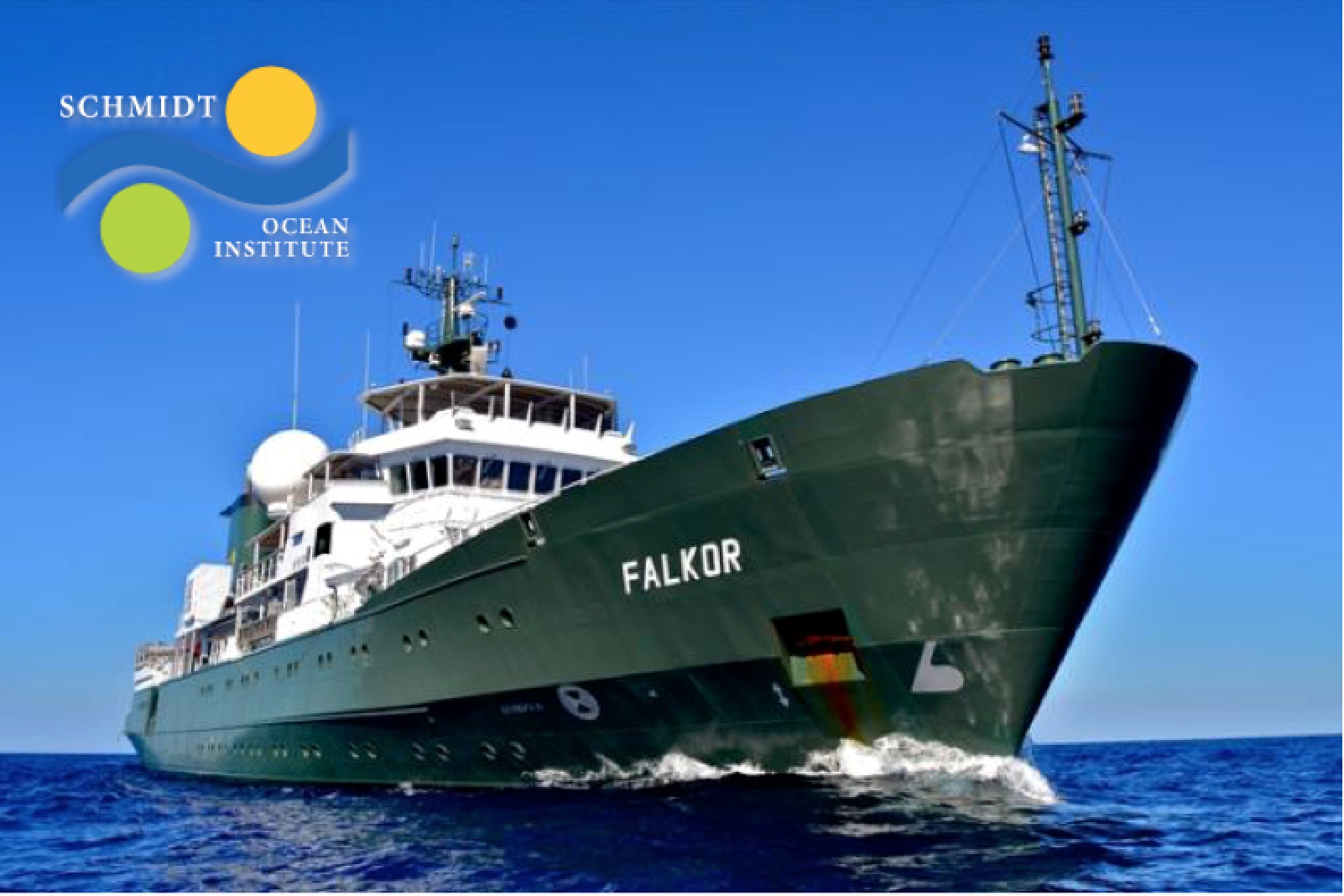In Situ Bio-Chemometrics: Adaptive Robotics at Barkley Canyon & Hydrate Ridge
We will demonstrate the use of in situ sensor measurements for adaptive planning of underwater
robotic surveys. The technical framework developed will allow for rapid visualisation and
machine assisted interpretation of seafloor imagery together with chemical and biological sensor
measurements that will enable researchers to make better informed decisions in the field. The
ability to strategically focus observational efforts in areas of most interest is expected to add to
the scientific value of data obtained during a single cruise. This approach will be applied to study
environmental aspects influencing the distribution of megabenthos in gashydrate fields.
Surveys will be performed at different sites, where at each one a wide area (>10 ha) AUV screening
survey will be performed to visually map the seafloor and make biochemical measurements to
identify areas for more detailed observations using a separate AUV and an ROV. The data
obtained will form multiresolution visual, biological and chemical snapshots of each site with
increased resolution in areas with high biological activity and steep chemical gradients.
Principal Investigator: Blair Thornton, The University of Tokyo
CoPIs:
- Stefan Williams, Australian Centre for Field Robotics
- Oscar Pizarro, Australian Centre for Field Robotics
- Dhugal Lindsay, Japan Agency for Marine-Earth Science and Technology
- Tatsuhiro Fukuba, Japan Agency for Marine-Earth Science and Technology
- Yuya Nishida, Center for Socio-Robotic Synthesis, Kyushu Institute of Technology
- Veerle Huvenne, National Oceanography Centre, University of Southampton
- John Watson, University of Aberdeen
- Gabriel Oliver-Codina, University of the Balearic Islands.
Find more details from the Schmidt Ocean Institute web page
Project Leader
Project Collaborators
-

Miquel Massot Campos
Reseacher at Ocean Infinity
-

Eric Guerrero Font
Researcher at Ocean Infinity
-
Photo
Francesc Bonin


